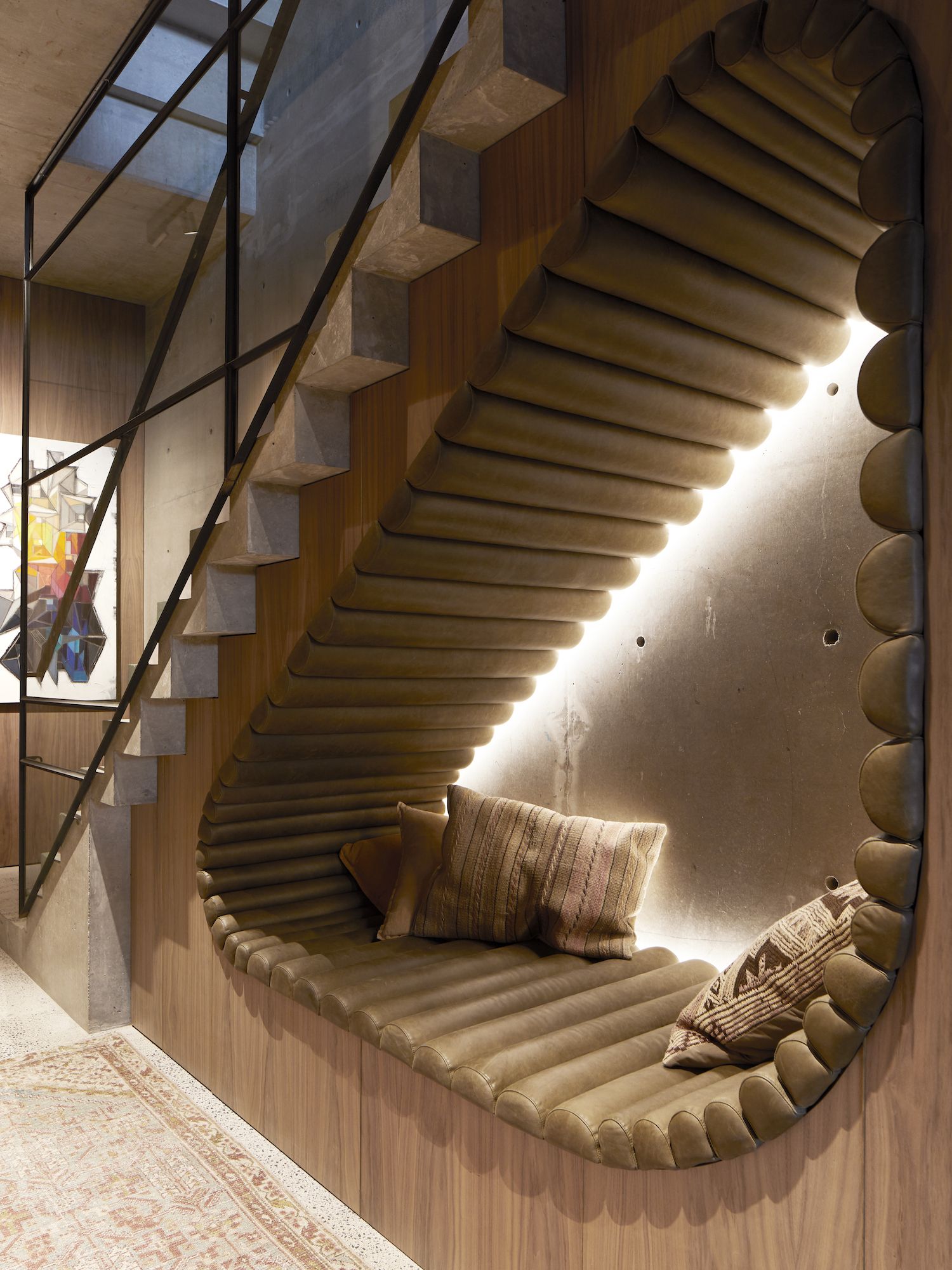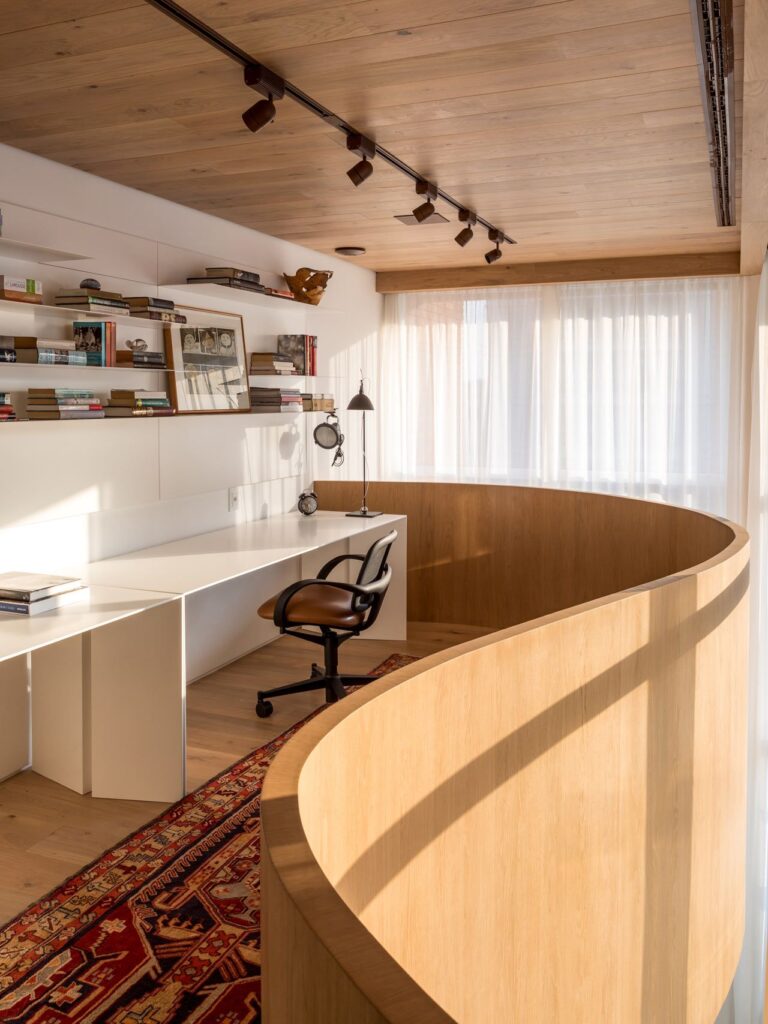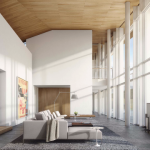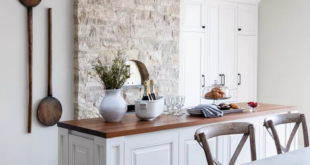Architecture interior design is a crucial aspect of creating functional and aesthetically pleasing spaces. It involves the planning, designing, and furnishing of interior spaces in buildings, with the goal of enhancing the overall look and feel of a space. Interior design plays a vital role in transforming a building into a place that reflects the needs and preferences of its occupants.
A well-designed interior space can have a significant impact on the mood and productivity of its occupants. With careful attention to detail, architects and interior designers can create spaces that are both visually appealing and functional. By integrating elements such as lighting, color, texture, and furniture, interior designers can enhance the overall atmosphere of a space, making it more inviting and comfortable for those who use it.
One of the key components of architecture interior design is spatial planning. This involves determining the layout and flow of a space to ensure that it meets the needs and requirements of its users. It also involves considering factors such as accessibility, safety, and the overall functionality of a space. By carefully planning the layout of a space, interior designers can create spaces that are both efficient and visually appealing.
Another important aspect of interior design is the selection of materials and finishes. The choice of materials, such as flooring, wall coverings, and furnishings, can have a significant impact on the overall look and feel of a space. By choosing materials that are durable, sustainable, and aesthetically pleasing, interior designers can create spaces that are both beautiful and functional. The use of sustainable materials is also important in creating environmentally friendly spaces that promote a healthy and sustainable lifestyle.
In addition to selecting materials and finishes, interior designers also focus on creating a cohesive design concept for a space. By integrating elements such as furniture, lighting, and accessories, designers can create a unified look that enhances the overall aesthetic of a space. By paying attention to details such as color, scale, and proportion, interior designers can create spaces that are visually balanced and harmonious.
Overall, architecture interior design plays a crucial role in creating spaces that are both functional and visually appealing. By carefully considering factors such as spatial planning, material selection, and design concept, interior designers can transform ordinary spaces into extraordinary places that reflect the needs and preferences of their users. Through innovative design solutions and attention to detail, interior designers can create spaces that enhance the quality of life for those who use them.
 bebadesign Interior Design Ideas
bebadesign Interior Design Ideas














